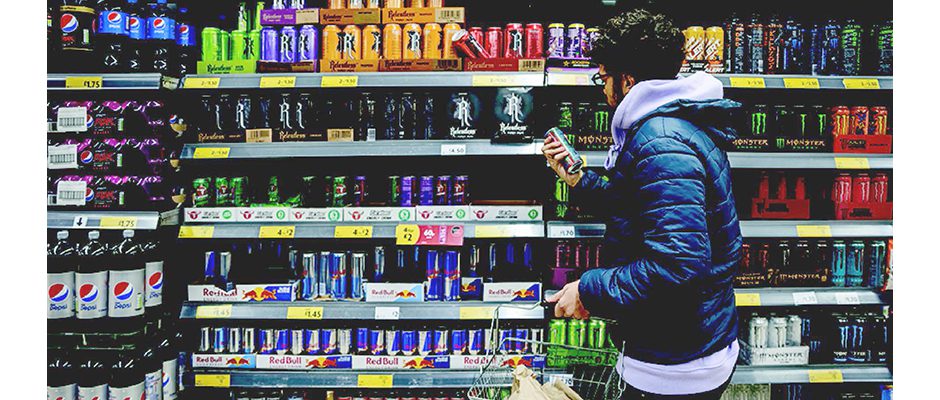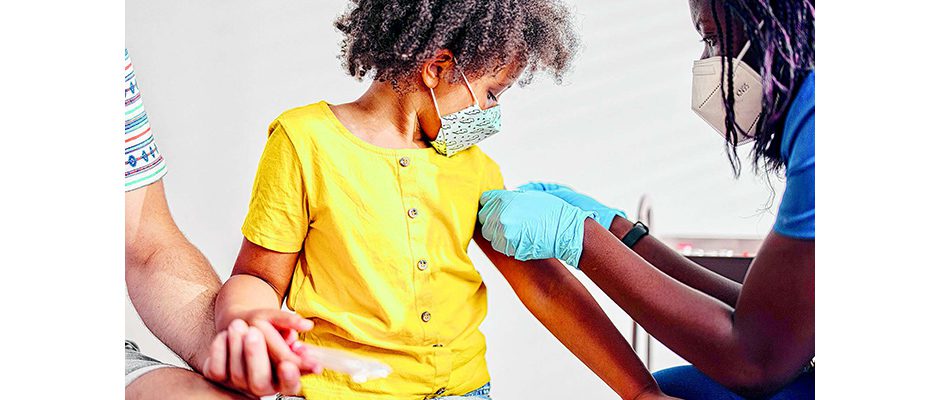
[This article was written by Jamie Epting, MS, RD, CDN, FAND, system director of clinical nutrition, St. Peter’s Health Partners.]
There have been a lot of stories in the news lately about adolescents and energy drinks. Just last month, Senate Majority Leader Chuck Schumer wrote a letter to the Food and Drug Administration (FDA), calling for them to investigate the caffeine and sugar-laden drinks, saying they are a “cauldron of caffeine” that pose “serious health concerns” for kids.
With their exciting, eye-catching packaging, and social media marketing that targets kids and adolescents, these drinks should definitely be on every parent’s radar. The bottom line – they are not safe or healthy for kids.
There’s no proven safe dose of caffeine for children, with the American Academy of Pediatrics (AAP) stating that caffeine and stimulants “have no place in the diet of children and adolescents.” That said, the AAP recommends children under 12 avoid all caffeine and those aged 12 to 18 limit their intake to about 100 mg daily, which is the equivalent of one eight-ounce cup of brewed coffee.
But when one of the popular energy drinks currently under scrutiny contains more than twice that recommended 100 mg, you can see how easy it is for adolescents to overindulge. And, according to a survey conducted by the AAP, adolescents are doing just that, with nearly 50 percent of them reporting that they consume energy drinks regularly.
At any age, an overconsumption of caffeine can lead to sleep deprivation, anxiety, nausea and lack of appetite, headaches and dizziness, according to the National Institutes of Health. Add in the great deal of sugar that many energy drinks also contain, and you have a drink that is a nutrition disaster.
Full of empty calories and caffeine, these drinks can be dangerous to children’s hearts and mental health. Some contain niacin, which can do damage to the liver in large amounts. They can also contain other stimulants that put consumers at risk for increased heart rate, blood pressure and labored breathing. In extreme cases, even heart failure.
So, what should kids and adolescents be drinking? Two to three cups of low-fat milk per day is recommended for all children between the ages of two and 18. In addition, they should be consuming one eight-ounce glass of water daily for each year of age up to age eight; after that, a minimum of eight cups daily. Juice should be considered a treat and, when consumed, should be 100 percent juice, without all the added sugar.
Sports drinks do have their place, but only if the child is engaged in vigorous exercise for more than one hour in duration. In this case, only about eight ounces is needed, in combination with water, to properly restore electrolytes.
So, as the kids wrap up their summer, remember that energy drinks have no place in their back-to-school lunches or as after-school treats. Best wishes for a safe and happy new school year!





